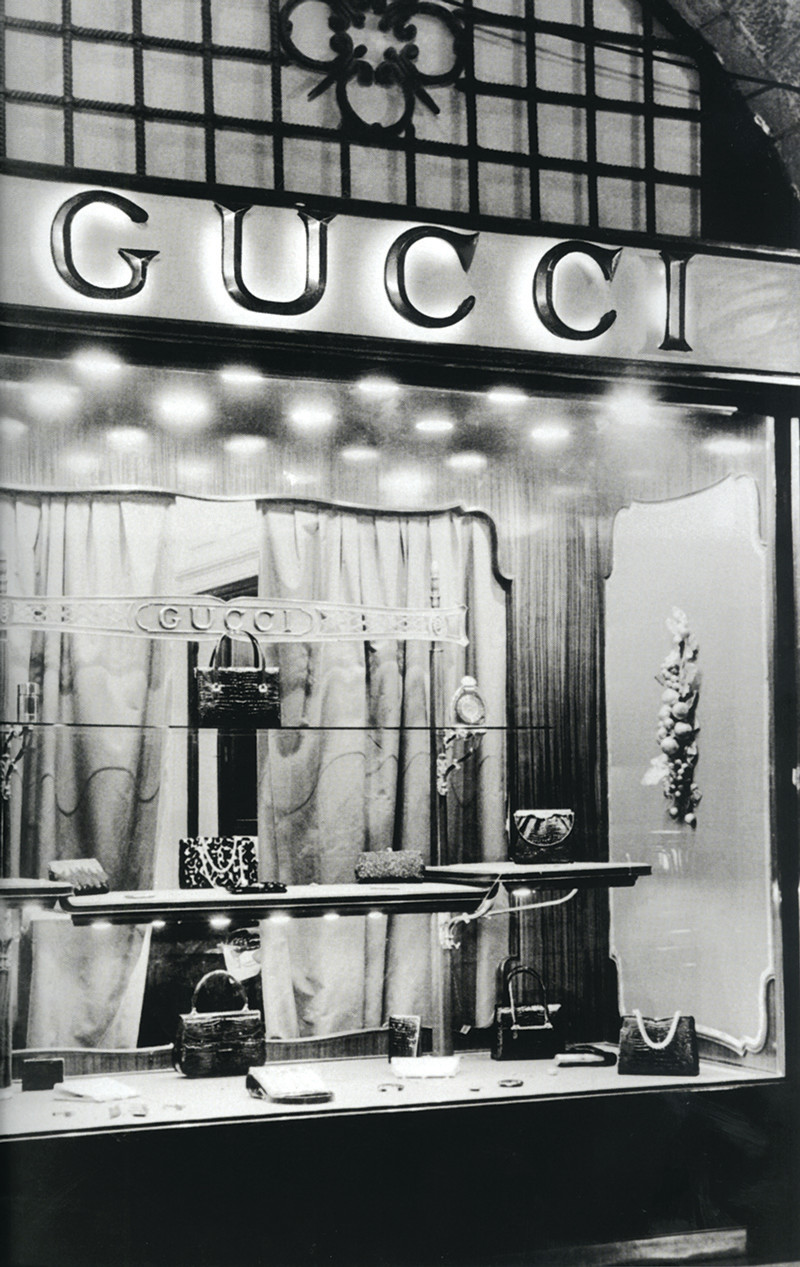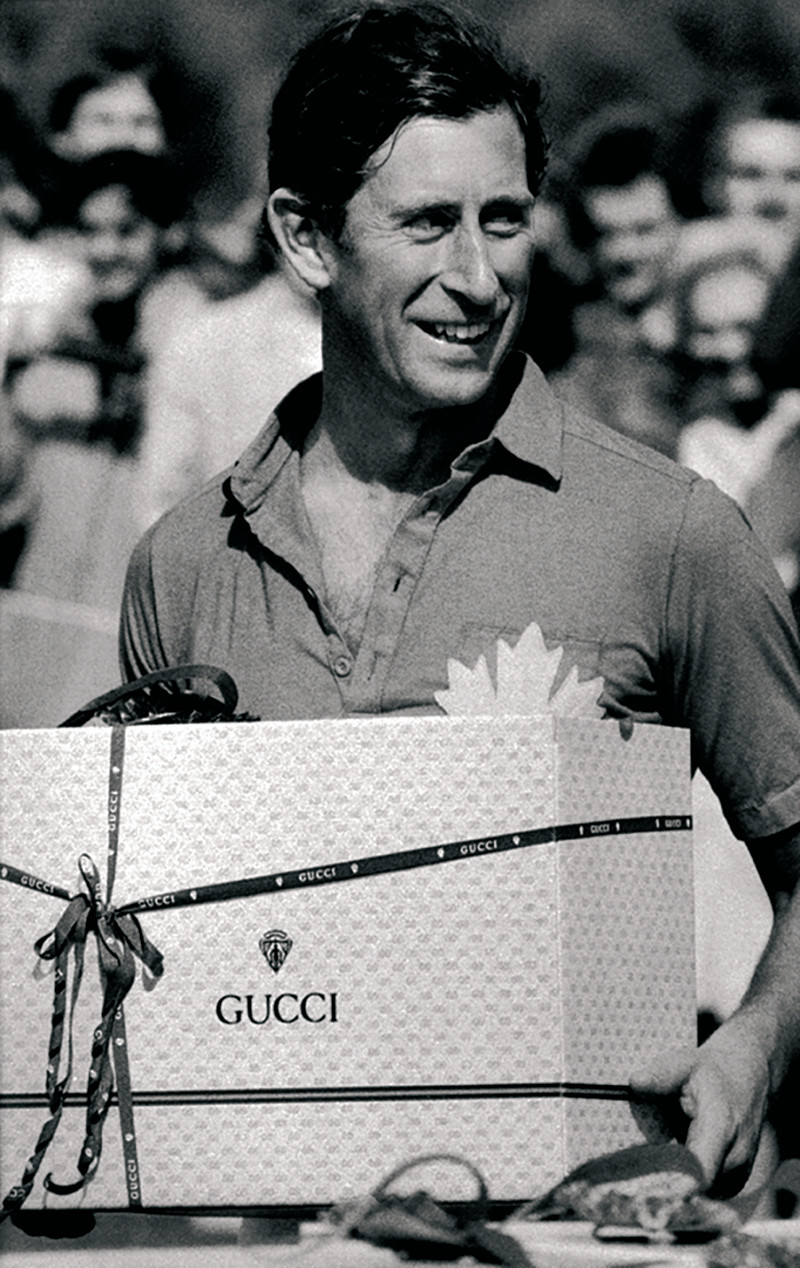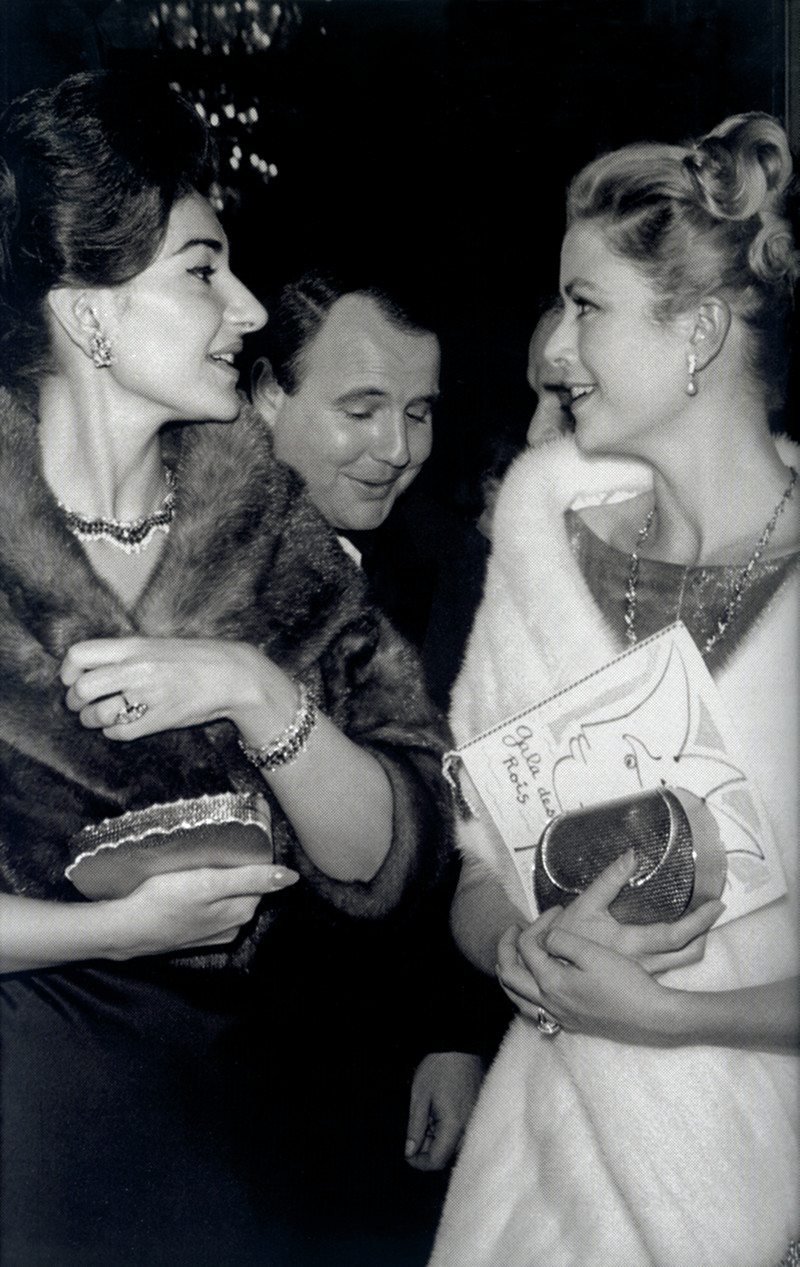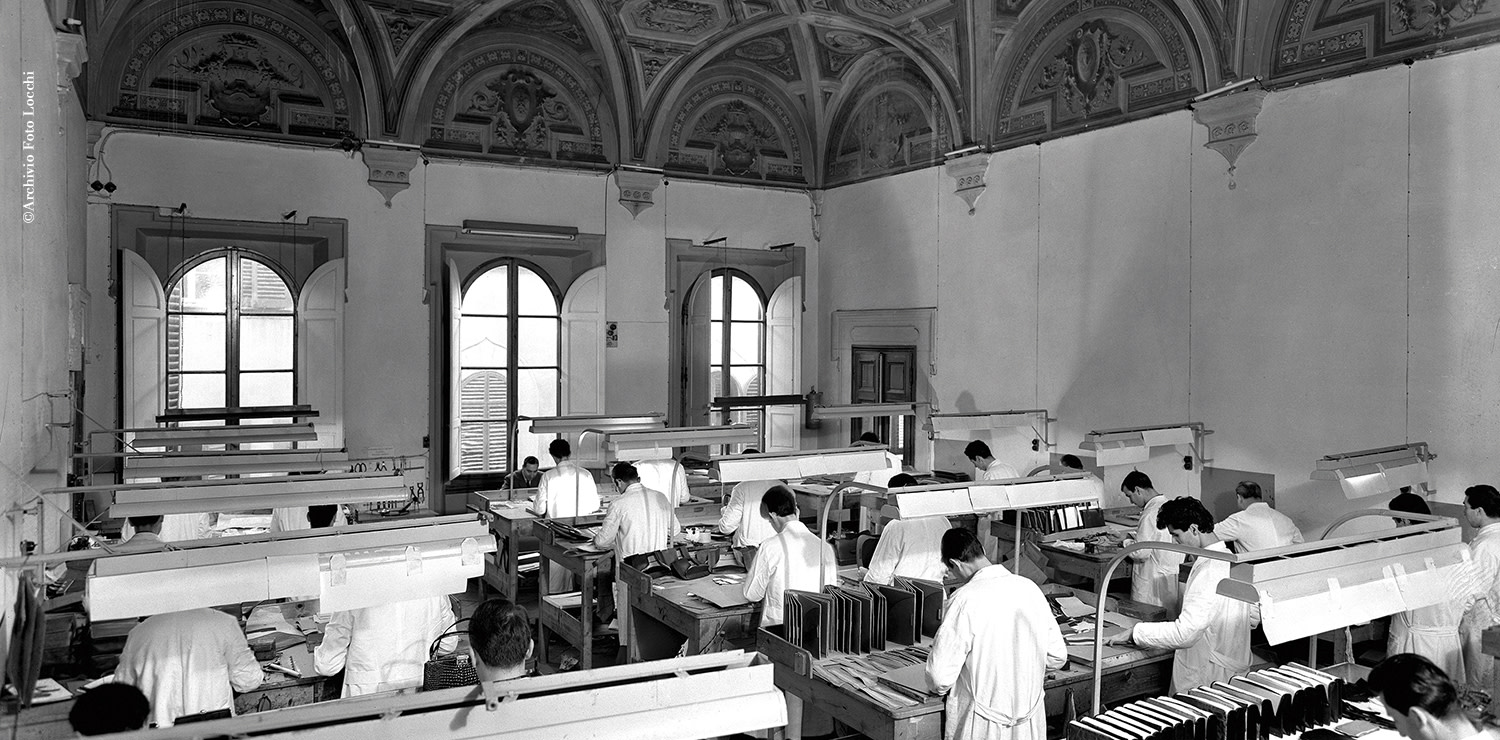Gucci 100 years of revolutions
The maison born in Florence celebrates a century of life. Here is the whole story in 8 pills
Gucci is celebrating its 100th anniversary and in Florence, where the house was founded in 1921, the anniversary will not go unnoticed, even if for the moment the headquarters have not yet made any official statements about the celebrations.
In the meantime, we have fun rediscovering the history and curiosities of the most famous Florentine brand in the world.
 Gucci’s boutique Florence 1960 - Image from Gucci by Gucci book
Gucci’s boutique Florence 1960 - Image from Gucci by Gucci book
THE BEGINNING
It all began with Guccio Gucci, a young Florentine born in 1881 into a family of artisans who became passionate about fashion and beauty when, after the First World War, he moved to London as one of the many emigrants trying to survive abroad. Here he found a job as a lift driver at the Savoy Hotel. At the time, the hotel was the best in the world, the first to use electricity, to have lifts, bathrooms in the rooms and hot and cold water. César Ritz had worked there as director and made it even more functional and luxurious, leaving a motto that Guccio had made his own: "See all without looking, hear all without listening". The Savoy's clientele was the best in the world. Charlie Chaplin, Enrico Caruso and the Prince of Wales went to the hotel. Guccio heard everyone without listening: the English aristocrats who came for tea or breakfast only talked about horses, polo and racing, and the equestrian world seemed the most important thing to them. Equestrianism is the turning point in his life because it is thanks to this passion that he ventures into the production of leather accessories. When he returned to Florence, he first worked as a sales manager in a leather goods store, but then decided to invest his savings in his own business. In 1921, at the age of 40, he founded his own company and quickly achieved success: he produced accessories with stirrups and clamps, but the idea of a fashion product was still a long way off. He focused on the creation of functional accessories that winked at the Anglo-Saxon world to meet the tastes of sophisticated English and American travellers visiting Florence. But from here on, the real rise began. In 1923, the small Florentine kingdom, which had its workshop on Lungarno Guicciardini, opened its first shop in Via del Parione (later closed in 1934), then expanded to numbers 11 and 47 in Via della Vigna Nuova, and finally to the boutique in Via de' Tornabuoni, which opened in the 1960s. In 1951 Florence made its fashion debut with the first fashion shows of Giovanni Battista Giorgini at Villa Torrigiani. Guccio Gucci did not participate, although he contributed to the city's appeal with his creations.
 The prince of Wales, Charles Windsor (1983) - Image from Gucci by Gucci book
The prince of Wales, Charles Windsor (1983) - Image from Gucci by Gucci book
THE BAMBOO BAG
During the fascist autarchy, he had to deal with raw materials. He unleashed his imagination and tried his hand at the creative use of simple materials such as jute, hemp, linen and bamboo. It was during this period that the famous Baboo Bag was born, made with a bamboo handle and a side curve inspired by a horse's saddle. It was the first It bag to become famous among Hollywood stars.
THE GREEN AND RED RIBBON
1945 was an important year for Gucci, which began exporting to the United States, and the house's iconic green-red-green ribbon, inspired by the girth of a horse's saddle, dates from this period. Guccio died in 1953 leaving the company to his sons who decided to open a boutique in New York on 58th Street.
GUCCI IS A HIT WITH THE DIVAS
Despite the loss of its founder, the company is going strong. From luggage to footwear with the iconic moccasin to foulards, from rope edging to the use of canvas for bags, the style of the fashion house is appreciated by divas and personalities from Liz Taylor to Jackie Kennedy who holds the trapezoidal bag still known as Jackie on her arm, from Maria Callas to Haudrey Hepburn, and Grace Kelly who wears the Flora foulard designed by Accornero.
 Maria Callas and Princess Grace of Monaco (1964) - Image from Gucci by Gucci book
Maria Callas and Princess Grace of Monaco (1964) - Image from Gucci by Gucci book
THE FLORENTINE WORKSHOPS
These successes led to an increase in production, which moved from the old workshop on Lungarno Guicciardini to the new one in Via delle Caldine, until 1971, when large volumes forced the company to open a new factory in Casellina, Scandicci, where the brand's headquarters are still located.
THE DOUBLE G
In the Sixties, Aldo Gucci successfully designed the logo with the two Gs, in memory of his father and patented in 1977. Even today, the double G logo is considered the sign of belonging to the most famous fashion community.
ENTRY INTO PRÊT À PORTER
In the seventies Gucci launched prêt à porter, and in 1981 it showed for the first time in Florence.
FROM JOINING THE KERING GROUP TO THE THIRD REVOLUTION SIGNED BY ALLESANDRO MICHELE
The company remained in the hands of the family until the 1980s, when, due to disputes between the heirs, it passed to the Arabian Investcorp. Until 1999, when it became part of the French Kering stable. Years of transformations, re-launches and successes that have seen a succession of enlightened creative directors such as Tom Ford, Frida Giannini and now Alessandro Michele, who has triggered the brand's third revolution with his fluid, contaminated fashion, rich in quotations.









